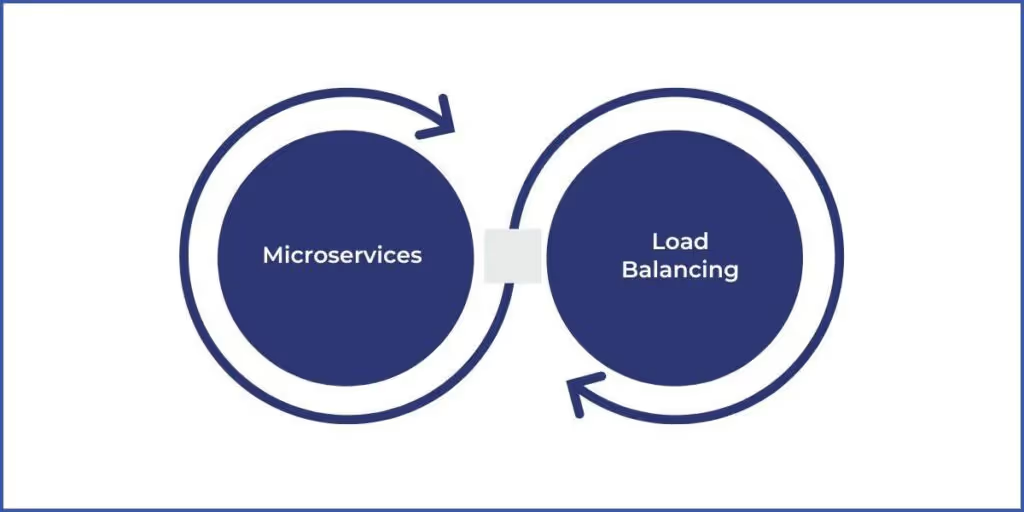

The need for scalable systems has become a fundamental requirement for businesses to stay competitive and agile in the contemporary digital world. For organizations looking to optimize their operations, scalability allows them to adapt to changing needs, efficiently manage resources, and ensure smooth performance during fluctuations in user activity.
In this article, we will explore the key principles behind scalable architecture, practical strategies to avoid bottlenecks, and how you can build systems that grow with your business. Whether you're aiming to streamline your infrastructure or enhance customer experiences, understanding scalability is crucial for future-proofing your operations. Through this blog, you'll gain insights into building systems that can scale effortlessly, ensuring long-term business growth and operational success.
Scalability refers to the ability of a system, network, or process to handle increasing workloads by adding resources in a way that maintains performance and efficiency. It ensures that businesses can respond effectively to growth, whether in user base, transactions, or data processing demands.
For example, during a holiday sale, an e-commerce platform with scalable architecture can accommodate traffic spikes without downtime or slow performance. This adaptability not only enhances user experience but also safeguards revenue and reputation.
With this understanding, let’s dive into the principles that form the foundation of scalable systems.
Designing a scalable architecture requires adhering to foundational principles that ensure flexibility, performance, and resilience. These principles guide the creation of systems that can adapt to changing needs without compromising efficiency.
By adhering to these principles, organizations can build systems that are both robust and adaptable. Let’s now explore the patterns commonly employed in scalable architectures.

To achieve scalability, businesses adopt architectural patterns that promote efficiency, flexibility, and performance under varying loads.
Up next, we’ll compare the two primary scaling methods: vertical and horizontal scalability.
Scalability strategies are broadly categorized into vertical and horizontal methods, each offering distinct advantages and challenges.
AspectVertical ScalingHorizontal ScalingDefinition-Adding more resources (e.g., memory, CPU, storage) to a single server to enhance capacity.-Adding more servers or machines to distribute the workload.Advantages- Simpler implementation and management.- Ideal for applications with limited scaling requirements.- Offers better fault tolerance and flexibility.- Suitable for high scalability demands.Limitations- Physical and cost constraints due to hardware upgrades.- Requires sophisticated system management and load balancing.Best Use Case- Useful for small-scale systems with predictable workloads.- Optimal for large-scale systems or environments with fluctuating demand.Scalability Cap- Limited by hardware constraints (finite scaling).- Virtually limitless with the ability to add more servers.
WaferWire has helped numerous organizations transition from vertical to horizontal scalability, leveraging cloud technologies to ensure cost-effective and future-ready solutions. With a proven track record, WaferWire can guide your journey to a more scalable and efficient data infrastructure.
Now, let’s explore how cloud computing takes scalability to the next level.
Cloud computing has revolutionized scalability, offering on-demand resources and pay-as-you-go models that cater to businesses of all sizes.
From cloud benefits, we now move to design best practices that further enhance scalability.
Designing scalable systems involves adopting best practices that ensure reliability, efficiency, and adaptability.
To maintain scalability, it’s essential to proactively address potential bottlenecks.

Scalability bottlenecks can hinder system performance and user experience. Proactive measures can prevent such issues.
Now, let’s take a closer look at Azure Data Infrastructure and how it serves as a prime example of scalable architecture in action.
When designing a scalable architecture, leveraging a robust cloud-based data infrastructure is crucial. Azure Data Infrastructure serves as an industry-leading example, offering businesses the ability to store, process, and manage data efficiently while ensuring high availability and security.
Here are some key benefits of Azure Data Infrastructure:
By leveraging Azure’s scalable data infrastructure, businesses can build resilient, future-proof architectures that drive efficiency, agility, and innovation.
Scalable architecture is a cornerstone of modern business success, enabling organizations to adapt, grow, and thrive in competitive markets. By implementing core principles like loose coupling, leveraging cloud computing, and adopting best practices, businesses can create systems that are both flexible and robust.
WaferWire’s expertise in designing and deploying scalable architectures ensures that businesses are equipped to handle growth without compromising performance. Ready to future-proof your operations? Contact WaferWire today to explore scalable solutions tailored to your needs!

